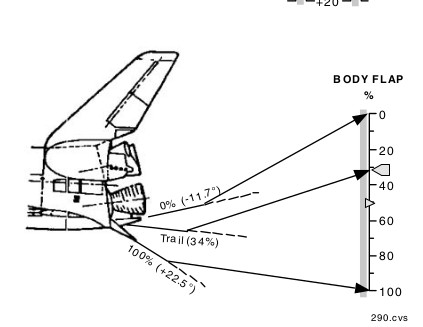The following was claimed on the aviation site:
In 1981, after years of development and testing, Columbia made its maiden voyage into orbit. Unexpectedly, on re-entry, the nose pitched up much higher than planned. Quick thinking and deployment of the airbrake beneath the rear fuselage (but not the vertical stabilizer "clamshells") prevented potential disaster.
It was later determined that the extreme heat of re-entry at 17,500 mph ionized the atmosphere underneath the nose of the Orbiter enough to torque it upwards more than even the pitch stabilizing influence of the delta wing could handle.
Quick googling for Columbia shuttle 1981 plasma lift comes up empty.
If it does and it's a true story, why would it nose up the Shuttle? The reentry videos I've watched from inside the orbiter, looking from the zenith windows, seem to suggest the plasma is more near the aft, so if it does create lift, wouldn't that be a nose down?


